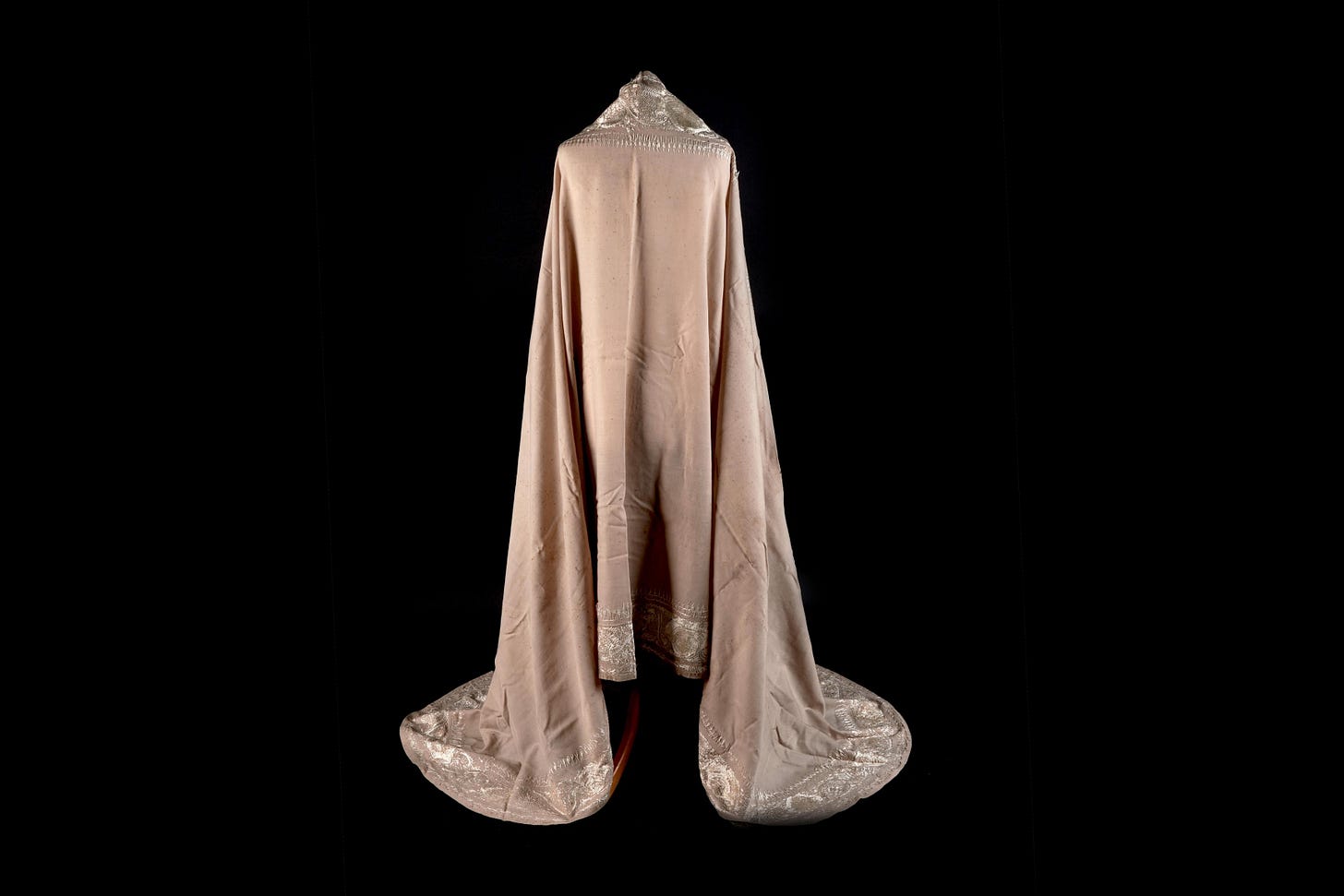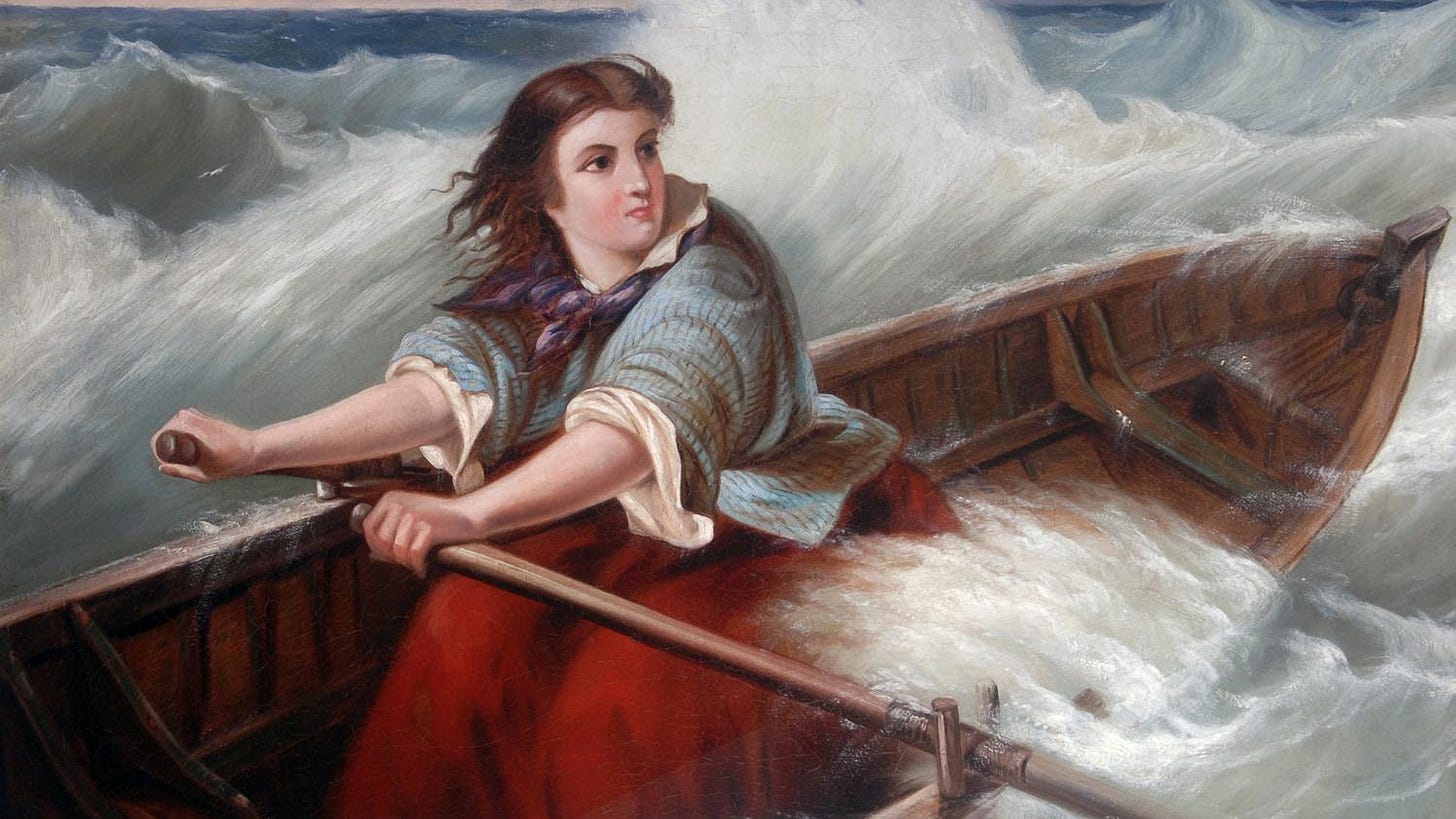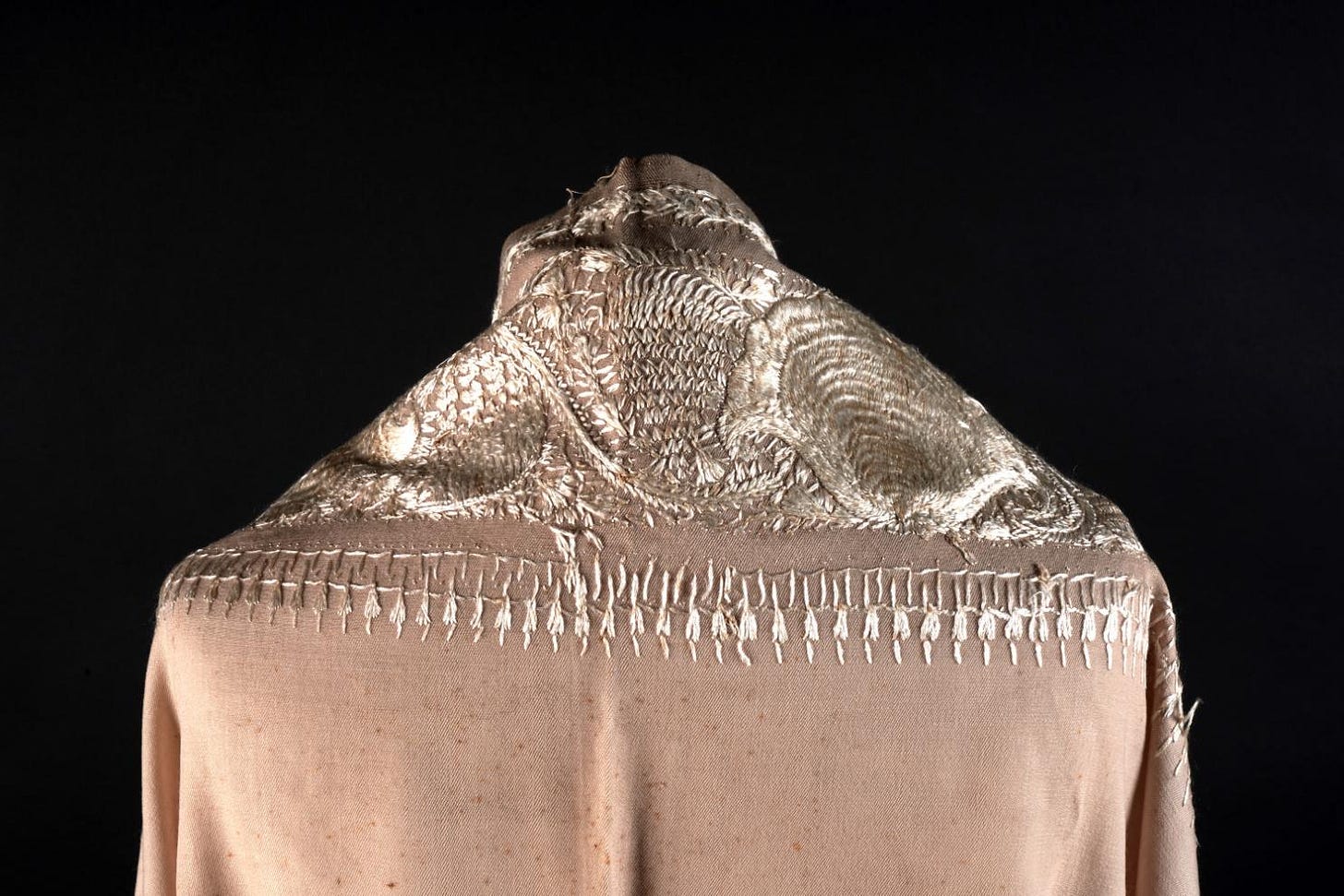'Grace Darling’ shawl goes under the hammer on Tyneside
A garment thought to have been the possession of shipwreck heroine Grace Darling is to be auctioned. Tony Henderson reports
A shawl which is believed to have been owned by Northumberland heroine Grace Darling is to be sold on Tyneside.
The shawl features in a dispute in 1933 between the Barclay family, who lived in North Sunderland near Seahouses, and publisher and printer Ernest Greenwood of South Shields firm Greenwood Bros, who also ran the Phoenix Press.
Letters from the Barclays, which come with the shawl lot, to Mr Greenwood centre on a wrangle over books and payments.
One letter says Greenwood has the “shawl belonging to Grace Darling, which article belongs to the late George Barclay’s estate.”
The shawl, estimated at £200-£500, is of buff-coloured cloth embroidered in silk with shells and scrolls, and is being sold by a North East vendor.
It will be offered by Newcastle auctioneers Anderson & Garland on October 23.
Fred Wyrley-Birch, director at Anderson & Garland, said: “It looks like the shawl was being held as collateral in this dispute.
“Grace Darling’s story is one of the most enduring legends of courage to come out of our region. This shawl, with its fine embroidery and fascinating history, is a rare opportunity for someone to own a tangible link to one of Britain’s heroines.”
Grace lived at Longstone Lighthouse, where her father William was the keeper.
In the early hours of September 17, 1838, Grace and William rowed in terrible weather to rescue survivors of the wreck of the Forfarshire, which had foundered on rocks and broken in half.
The shawl may have been one of many gifts sent to Grace from across the country as news of her part in the rescue spread.
Subscriptions and donations totalling over £700 - equivalent to about £79,600 today - were raised for her, including £50 from Queen Victoria.
Portrait painters sailed to her lighthouse home to capture her likeness, and hundreds of gifts and letters were delivered to her.
The volume of gifts was such that the Duke of Northumberland took on a role as her guardian and founded a trust to look after the donations.
She died from tuberculosis in Bamburgh, aged 26, in October 1842. She is buried in the churchyard of St Aidan’s Church, Bamburgh.




